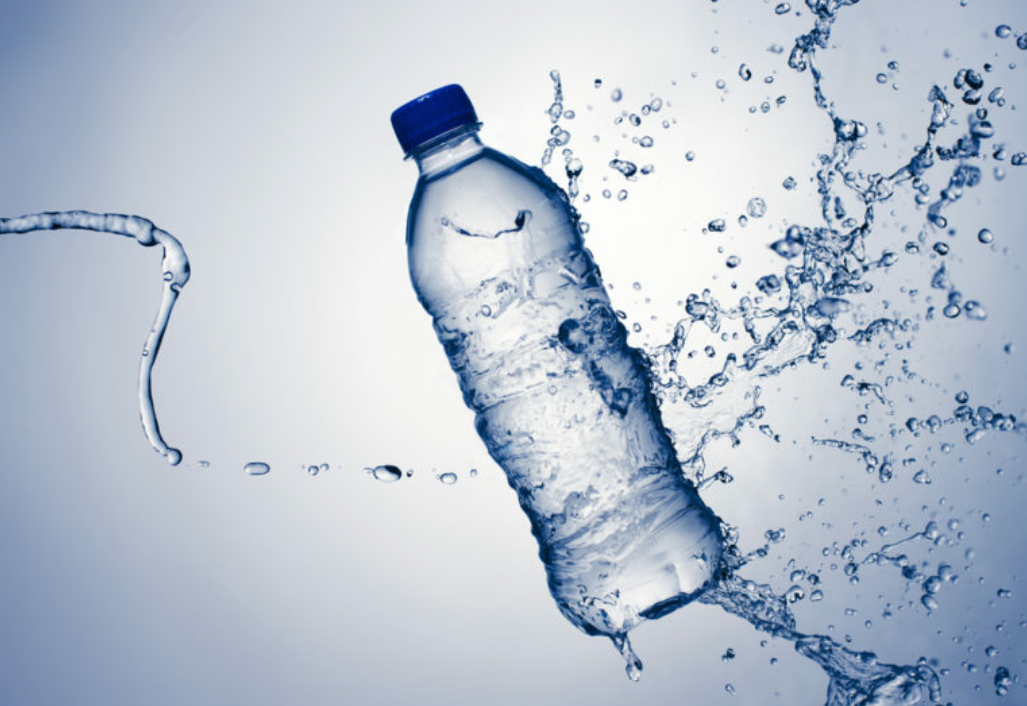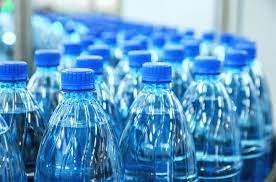
The global bottled water processing market encompasses both the bottled water market and the bottled water equipment market. As of 2023, the bottled water equipment market is valued at USD 7.2 billion and is anticipated to grow to USD 9.5 billion by 2028, reflecting a CAGR of 5.7% over the forecast period. Concurrently, the bottled water market, valued at USD 311.1 billion in 2023, is poised to reach USD 457.1 billion by 2028, with a CAGR of 8.0% during the same period.
The Asia Pacific region has witnessed remarkable growth in the bottled water processing market, particularly in regions facing challenges in accessing clean drinking water through traditional means. Reports from the World Health Organization (WHO) and UNICEF underline bottled water's increasing role as a primary water source in areas with inadequate public water supply systems.
Drivers:
One significant driver of growth is the increasing consumption of bottled water globally. Recognized as a healthy alternative to carbonated beverages, bottled water offers convenience and hydration benefits. The market has experienced significant expansion, with consumption expected to rise from approximately 350 billion liters in 2021 to an estimated 460 billion liters by 2030, according to the U.N. University's Institute for Water, Environment, and Health.
In the United States, the bottled water segment is particularly attractive due to its convenience, safety, and regulatory oversight by the FDA. Manufacturers capitalize on consumer preferences by introducing new flavors and appealing packaging options. This growth in demand, coupled with stringent governmental regulations, propels the expansion of the bottled water processing market, notably in the Asia Pacific region.
Restraints:
Despite its growth trajectory, the bottled water industry faces challenges, notably concerning the presence of ultrashort-chain PFAS chemicals in bottled water. These substances, although different from historically used PFAS compounds, raise health and environmental concerns. Their detection in bottled water, particularly in spring water, underscores potential issues with water purification processes, posing challenges for the industry's reputation and consumer confidence.
Opportunities:
The rise of desalination plants presents a significant opportunity for the bottled water processing equipment industry. As freshwater sources diminish and concerns about drinking water quality increase, desalination offers a viable solution. In regions with saline water sources, such as Saudi Arabia and the UAE, desalination plants provide purified water suitable for bottling operations, aligning with consumer demand for high-quality bottled water.
Challenges:
Transparency and sustainability concerns surrounding plastic bottle recycling pose challenges for the industry. Consumer groups criticize companies' claims of using "100% recycled" or "100% recyclable" materials, arguing that such assertions are misleading. The discrepancy between claimed recycling rates and actual practices, compounded by the presence of non-recyclable components in bottles, undermines environmental credibility and consumer trust.
Key Players:
Leading companies in the bottled water equipment market include DuPont, GEA Group, and Alfa Laval, while key players in the bottled water market comprise Nestlé, The Coca-Cola Company, and PepsiCo. These players focus on expanding their market presence through strategic initiatives and collaborations, with strong footholds in North America, Asia Pacific, and Europe.



























